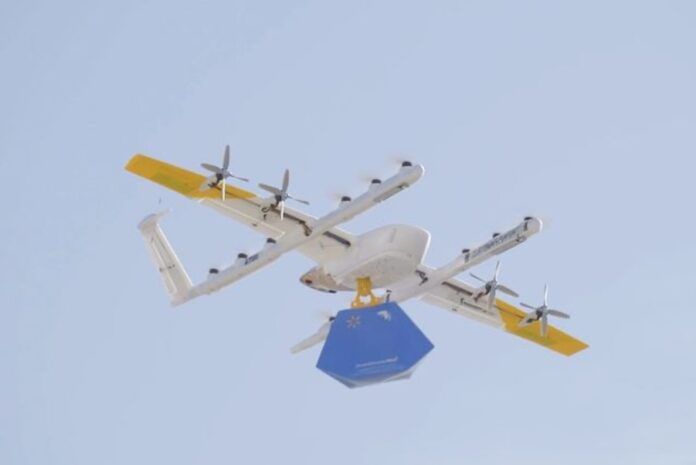Beyond Visual Line of Sight (BVLOS) operation of unmanned and autonomous systems (UAS) operations took a big step forward today (March 13). The Office of the Inspector General (OIG) for the Department of Transportation (DoT) filed a memorandum on the FAA’s efforts to establish a regulatory framework for such operations.
According to the memo, “Nationwide interest in using unmanned aircraft systems (UAS), commonly referred to as ‘drones,’ in complex operations beyond visual line of sight (BVLOS) is expanding.” The FAA reports that more than 369,000 commercial drones were registered as of the end of last year, with nearly 1 million expected to enter service by 2027.
The DoT acknowledges there are safety challenges associated with incorporating drones into the National Airspace System, but asserts that expanding BVLOS capability is vital to retaining a technology leadership role for the U.S. And advancing the capability of drones can also benefit safety across all modes of transportation. “For example,” the OIG memo says, “drones can perform dangerous bridge inspections or replace vehicles on roads, reducing the risk of accidents and loss of life.” FAA efforts on behalf of expanding drone operations include flight tests in partnership with both government and industry stakeholders and looking into recommendations from a rulemaking committee devoted to BVLOS issues.
The OIG is initiating an audit this month to oversee the FAA’s integration efforts “due to their importance for maintaining U.S. leadership in aeronautics as well as their potential for introducing risks to the National Airspace System.” The audit will assess ongoing development of the FAA’s regulatory framework for BVLOS drone operations.



































Notice how all the hype around UAVs and eVTOLs has died down? Clearly they are running out of sucker (investor) money. What a waste though.
That must reflect an inadequacy in your feed, Kent. It certainly doesn’t seem to be the case with AvWeb, nor the specialty sources, especially the non-US ones. And it remains of special interest to the low-altitude rotorcraft community. Is it because you have a special interest in getting some of the investor (sucker) money yourself?
The advanced air mobility (AAM) sector is heating up quickly, with funding accelerating by the year. In 2021, investors poured $6.9 billion into more than 60 eVTOL deals, compared to just $1 billion three years earlier. With many startups going public, and automakers and commercial airlines signing on as partners, the sector is on a fast track towards certification. Public anticipation is high around the world, according to a recent survey by McKinsey & Company, particularly in commuter-hell supercities.
Manufacturers are rushing headlong to complete flight tests and certify their aircraft to move towards commercial service.
Two years ago, air taxis still sounded like 1960s sci-fi, but the eVTOL world is on track to become reality. There are seven models slated to take off by 2025.
Frank Tino – Yup, and light sport is going to dramatically change GA, the very light jets (VLJs) will be everywhere, both of these had all kinds of enthusiastic investors as well. Seems the number and amount of investments doesn’t necessarily equal the next great thing in aviation.
It will be interesting to see what happens when the NIMBY’s start complaining!